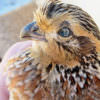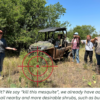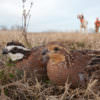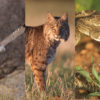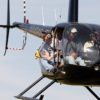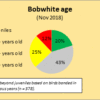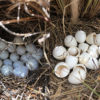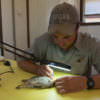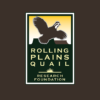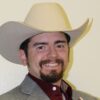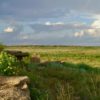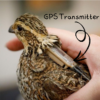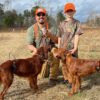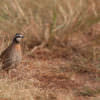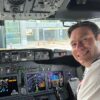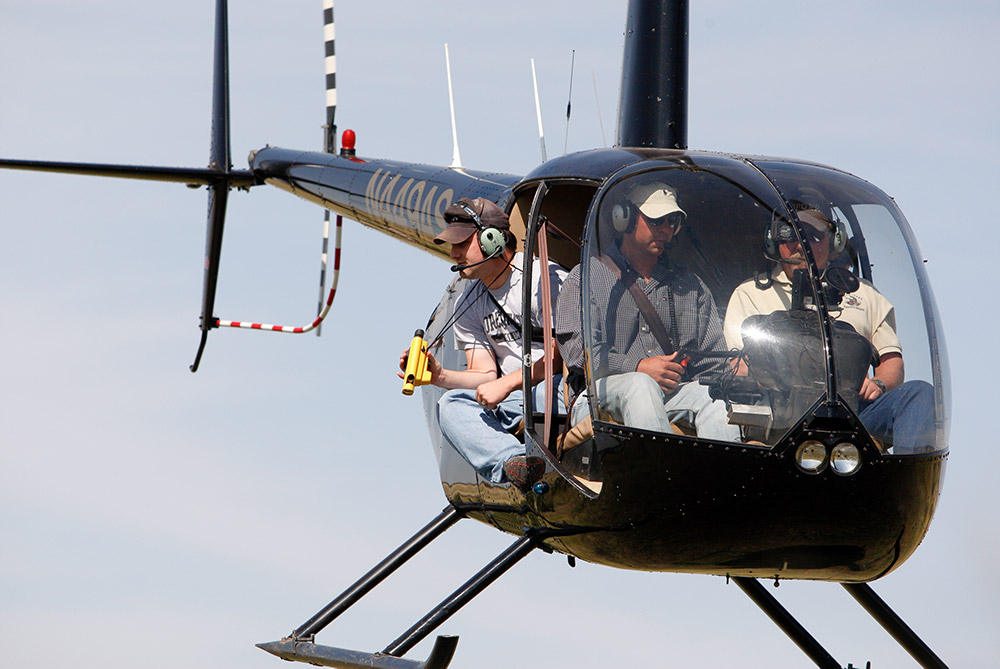
by Becky Ruzicka
Schnupp et al. 2013
Determining how many animals exist on a landscape at any one time is the ultimate pursuit of wildlife science, the Holy Grail, if you will. Density is typically the most difficult and costly piece of data to collect. We can often accurately assess all other aspects of a population (i.e., survival, reproduction, dispersal) more easily than we can assess density. This paper by Schnupp et al. published in 2013 details a novel system for assessing bobwhite density using distance sampling from a helicopter that could be used by researchers or managers. The premise of distance sampling is a simple one: animals are harder to detect the farther they are away from you. Using that theory, we can survey transects where we assume we see all the animals on the transect and that the probability of detection declines with distance from the transect. We can model detection probability to estimate the animals we did not see and, thus, arrive at a quantitative density estimate. The great challenge of distance sampling is accurately measuring the distance the animal is from the line. The challenge of working from a helicopter is being able to collect this information quickly while the helicopter is hovering. The system described here employs laser rangefinders and an automatic data collection device to increase observer to precision and speed to level adequate to meet the assumptions of distance sampling and the constraints of an aerial platform. This work has proven to be ground-breaking for efficiently and accurately estimating quail populations over large acreages. Helicopter surveys have really become the “gold-standard” for assessing density and habitat use of quail in South Texas where the size of properties precludes the use of any other techniques. We employed these methods to estimate density of quail populations on the RPQRR this fall (incidentally, the Research Ranch was one of the sites used in the development of these techniques). The equipment we used was updated from what the researchers used in 2013, but the system and premise were unchanged.
Link to article here: https://bit.ly/3xbYkbO

